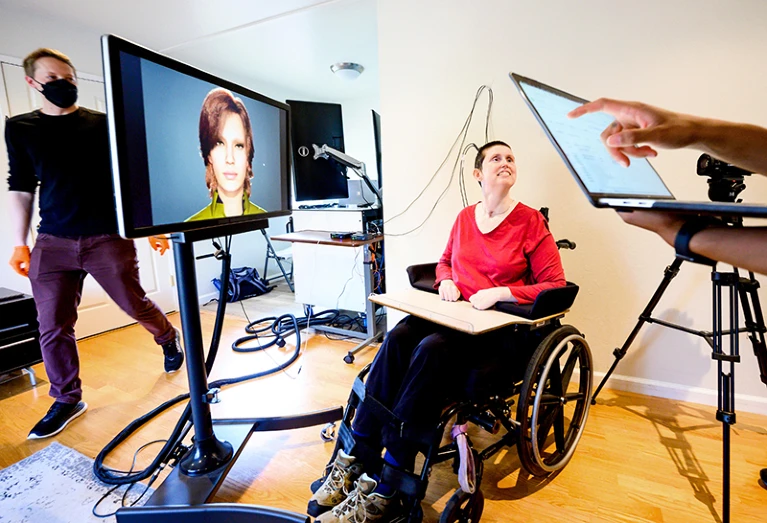Do You Love Your Liver Enough?
Are you taking care of your liver? Most Americans take their livers for granted. Coffee and soft drinks have different impacts.
Should be open to all.

Do You Love Your Liver Enough?
Are you taking care of your liver? Most Americans take their livers for granted. Coffee and soft drinks have different impacts.www.peoplespharmacy.com
Soda is bad, but it tastes so good as long as it is far from the expiration date.

Abstract
Importance: Approximately 65% of adults in the US consume sugar-sweetened beverages daily.
Tell me something I don't know.
Sugar is like steroids for fat, and USA is #1 in the world!
At baseline, 6.8% of women consumed 1 or more sugar-sweetened beverage servings per day, and 13.1% consumed 1 or more artificially sweetened beverage servings per day at 3-year follow-up.
Wait, 100,000 older women were studied, and only 6.8% were chugging the delicious fattening water everyday?
I thought America was 65% of the adults?!
Are they studying mostly the health nuts?
If one must abuse oneself:
1) Don't sip the soda all day long or it will melt your teeth and make cavities everywhere. It takes 90 seconds after swallowing for saliva to get the mouth back from acidic to normal from the saliva.
2) The body can only tolerate so much acid. If the stomach goes sour and burning, stop.
Don't be the woman who drank 4 liters per day and died. Keep it under 2 liters or 64 fluid ounces per day total.
3) Use Pronamel toothpaste
4 )
5) No caffeine after 9pm. It will turn good sleep into terrible sleep. About as bad as sleeping with the lights on.
6) Keep up the yearly checkups at the doctor.
Sometimes they will draw blood, and if abnormal liver stuff comes back, there is time to cut back on bad habits. The liver is the only organ that grows back besides skin, but it can't if it is full of scar tissue or has so much fat there is no room.
Best to catch problems early.
7) About the steroids for fat thing. Every time a soda is consumed, the body stops burning fat for 4 hours. If they are drunk all day every day, the human will become uhhhh quite fat.
The only thing that competes with that is eating food right before sleep. That too is 100% converted into fat overnight.
Last edited:


















